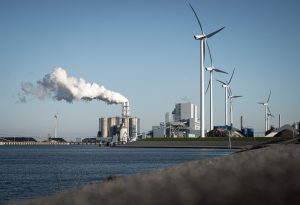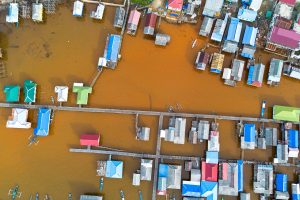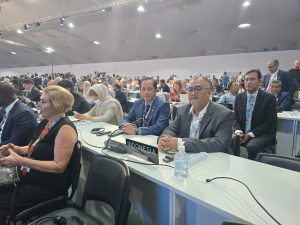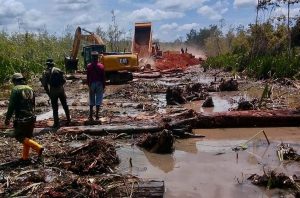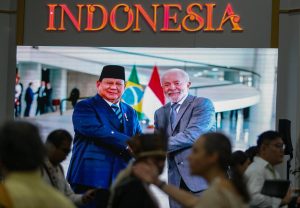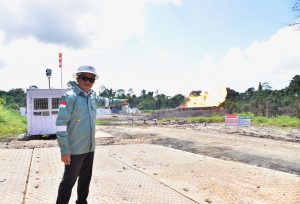
JAKARTA – Business Vice President of Industrial Automation Schneider Electric Indonesia and Timor Leste, Martin Setiawan said Thursday (17/2) that the increase in electrification needs to be accompanied by accelerating the transition of clean energy from renewable energy sources and digitising smarter energy management.
Especially when the industrial sector as the top three contributors of greenhouse gases (GHG) can become a driving force for other sectors to immediately take proactive steps towards green economic development with net-zero emissions. “In this way, the achievement of the Indonesian Government’s carbon emission reduction target in 2030 can be realised,” said Martin in a virtual media discussion entitled ‘Transition of Clean Energy Towards Green Industry Development’.
A digital world based on electricity or known as “Electricity 4.0″ is a sustainable future, since electricity offers the fastest, safest and most cost-effective way to decarbonise our society. While digital technology builds a smart future by making the invisible visible, driving efficiency, and reducing energy wastage. Currently, more than 60% of the energy generated is wasted. Efficiency is often overlooked, although it is one of the fastest ways to reduce consumption.
The discussion held by Schneider Electric also presented Mustaba Ari Suryoko, Coordinator of Services and Business Supervision of Various New Renewable Energy (NRE), Ministry of Energy and Mineral Resources (ESDM) and Eka Himawan, Managing Director of Xurya Daya Indonesia.
Furthermore, Martin emphasised the need for industry players to create a holistic and measurable sustainability framework. In addition, choosing the right digital partner and upholding the same values to support its business transformation.
In his presentation, Mustaba Ari Suryoko said that the government had prepared a road map to encourage industrial improvement and PLTS infrastructure development as stated in the 2021-2030 Electric Power Supply Business Plan (RUPTL). In the RUPTL, the government targets new renewable energy-based power plants to reach 51.6 percent. In addition, the Ministry of Energy and Mineral Resources will gradually develop rooftop solar panels of 3.6 GW until 2025.
“The industrial and business sectors are one of the priority consumer segments. The target for adding rooftop solar panels is expected to reduce greenhouse gas (GHG) emissions by up to 4.58 million tons of CO2e by 2025,” said Mustaba.
According to him, the use of NRE-based electricity supported by digital technology will be the best solution in providing and equitable access to clean energy to remote areas, more efficient and sustainable management, reducing carbon emissions, and increasing energy security.
“The adoption of rooftop solar panels in the industrial sector needs to be encouraged by providing expert support through strategic partnerships,” he added.
Meanwhile, Eka Himawan revealed the obstacle that is often faced by industry players in switching to clean energy is the high initial investment cost. Whereas the use of rooftop solar panels for industrial players has an important role in the development of the green industry.
“We provide alternative financing for rooftop PV mini-grid installations without investment as a form of our commitment to increasing the use of new and renewable energy for industrial players,” explained Eka. (Hartatik)





